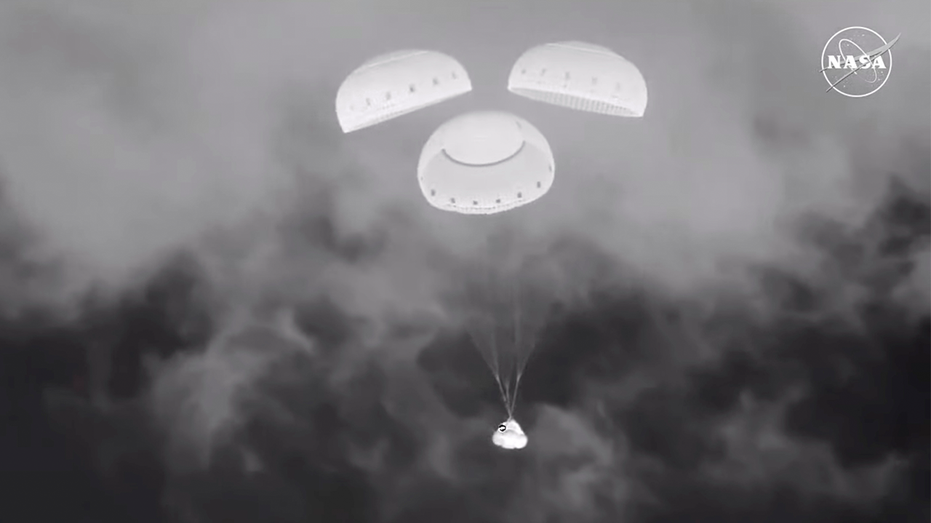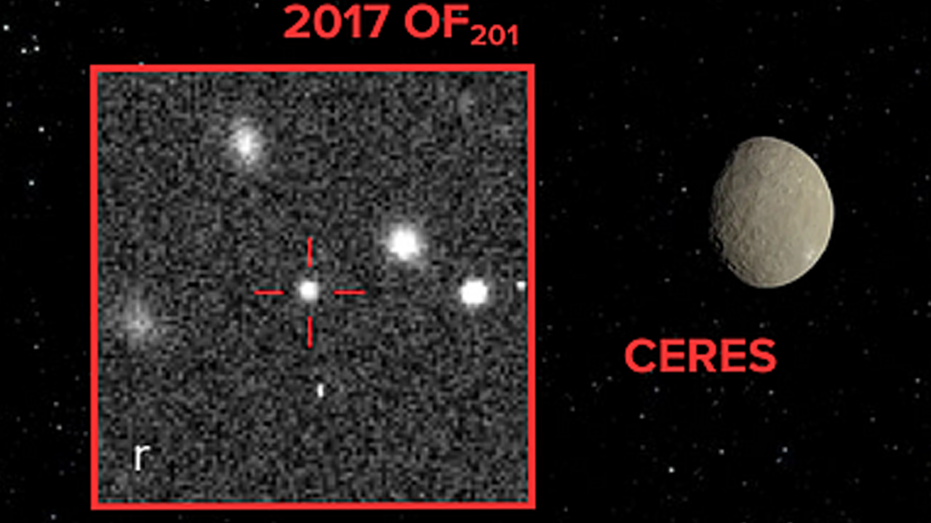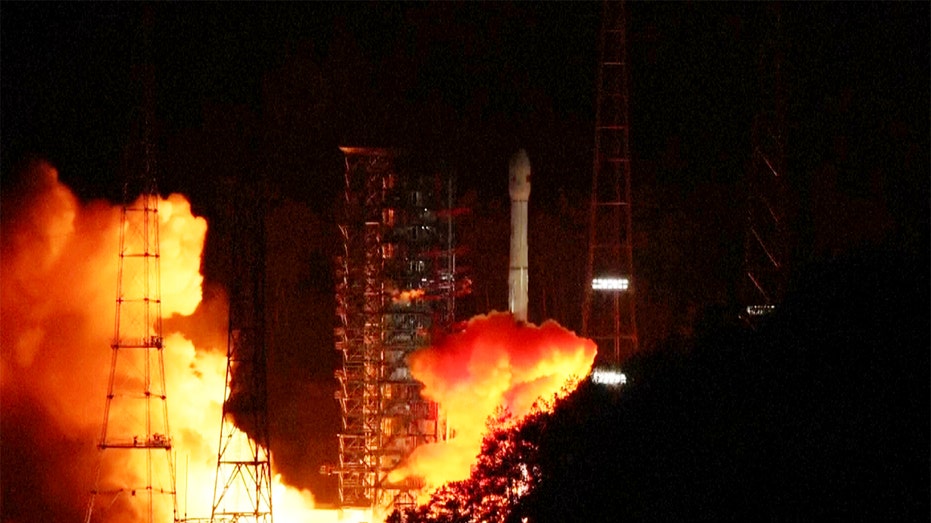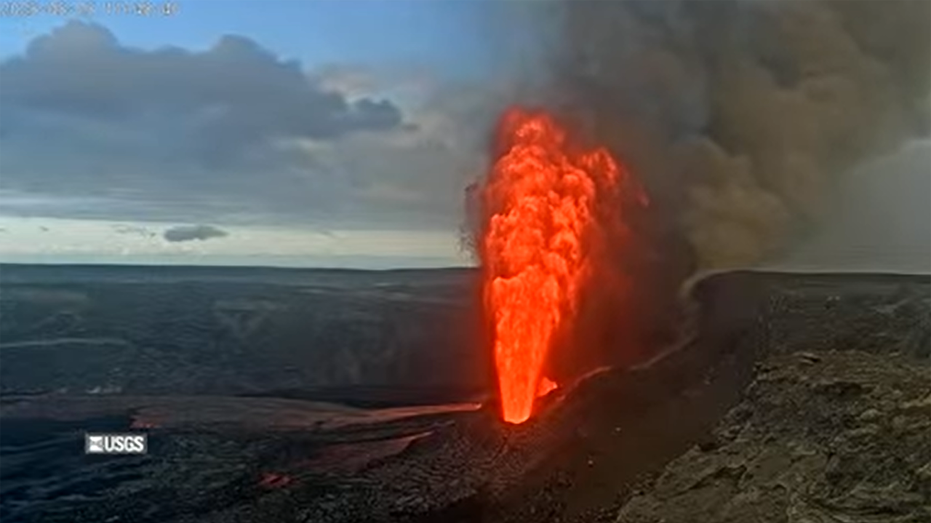Boeing's Starliner Returns to Earth, Crew Remains in Orbit

Sarah Johnson
March 1, 2025
4 min read
Brief
Boeing's Starliner capsule safely landed after a challenging demo mission, but its two astronauts remain aboard the ISS due to technical issues, with SpaceX set for their return.
Boeing's Starliner spacecraft made a safe landing back on Earth early Saturday at 12:01 a.m. ET at New Mexico's White Sands Missile Range, completing a critical phase of its mission. However, the two test pilots, Butch Wilmore and Suni Williams, who were initially onboard, will remain at the International Space Station (ISS) longer than expected.
Starliner's return marks the end of a demo mission fraught with challenges. The spacecraft undocked from the ISS six hours before landing, carrying blue spacesuits and old station equipment.
"I am extremely proud of the work our collective team put into this entire flight test, and we are pleased to see Starliner’s safe return," said Ken Bowersox, associate administrator of Space Operations Mission Directorate at NASA Headquarters in Washington, in a statement. He added, "Even though it was necessary to return the spacecraft uncrewed, NASA and Boeing learned an incredible amount about Starliner in the most extreme environment possible."
The mission, intended as a crewed flight, faced significant hurdles following its launch in June. Thruster failures and helium leaks raised concerns about the safety of bringing Wilmore and Williams back on Starliner. After extensive tests, Boeing maintained that Starliner was safe for the crew's return, but NASA ultimately decided to task SpaceX with bringing them home. The SpaceX spacecraft will not launch until the end of this month, so they will remain in space until February.
The initial plan had Wilmore and Williams returning by mid-June, a week after launch. However, issues during the flight to the space station prompted NASA to deem it too risky to use Starliner for their return. The fully automated capsule departed after receiving new software updates.
After the space shuttles retired more than a decade ago, NASA contracted Boeing and SpaceX for orbital taxi services. Boeing's first uncrewed test flight in 2019 faced numerous problems, necessitating a repeat attempt three years later, which revealed even more issues and cost over $1 billion in repairs.
Even before the June launch from Cape Canaveral, Florida, Starliner’s propulsion system was leaking helium. The leak was initially considered minor, but four more were discovered after liftoff. Five thrusters then failed, and while four were recovered, NASA remained concerned about potential malfunctions during the capsule's descent from orbit.
Boeing conducted numerous thruster tests, believing its spacecraft could safely return the astronauts. However, NASA remained skeptical and opted for SpaceX to handle their return. Flight controllers conducted further test firings post-undocking, with one thruster failing to ignite. Engineers suspect that the thrusters' protective seals swell when they become too hot, obstructing propellant flow. The section holding the thrusters was jettisoned before reentry, preventing any examination of the parts.
"I want to recognize the work the Starliner teams did to ensure a successful and safe undocking, deorbit, re-entry and landing," Mark Nappi, vice president and program manager of Boeing's Commercial Crew Program, said in a statement. "We will review the data and determine the next steps for the program."
Starliner will be moved back to NASA's Kennedy Space Center. NASA hopes that SpaceX and Boeing can alternate launching crews until the space station is abandoned in 2030 ahead of its fiery reentry. NASA's commercial crew program manager Steve Stich said earlier this week that the space agency still wants to have two competing U.S. companies transporting astronauts into space.
"We are excited to have Starliner home safely. This was an important test flight for NASA in setting us up for future missions on the Starliner system," said Steve Stich, manager of NASA's Commercial Crew Program, after Starliner returned to Earth. "There was a lot of valuable learning that will enable our long-term success. I want to commend the entire team for their hard work and dedication over the past three months."
Topics
Editor's Comments
Well, it's good to see Starliner back on solid ground, but leaving the crew up there until next year? That's a long stay! Hope they packed enough books and snacks. Seriously though, NASA's caution is understandable given all the issues. Better safe than sorry when it comes to space travel.
Like this article? Share it with your friends!
If you find this article interesting, feel free to share it with your friends!
Thank you for your support! Sharing is the greatest encouragement for us.



